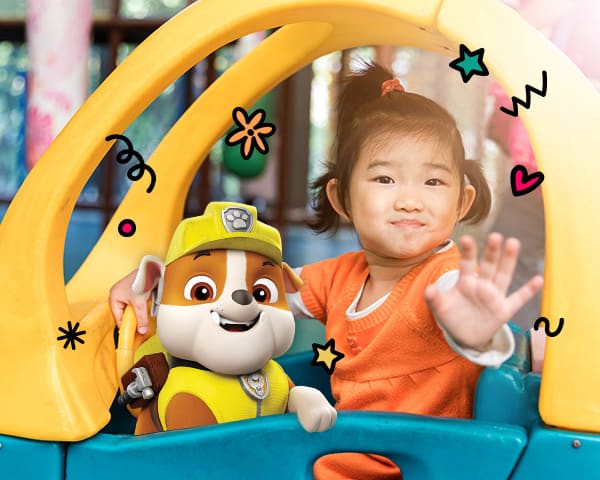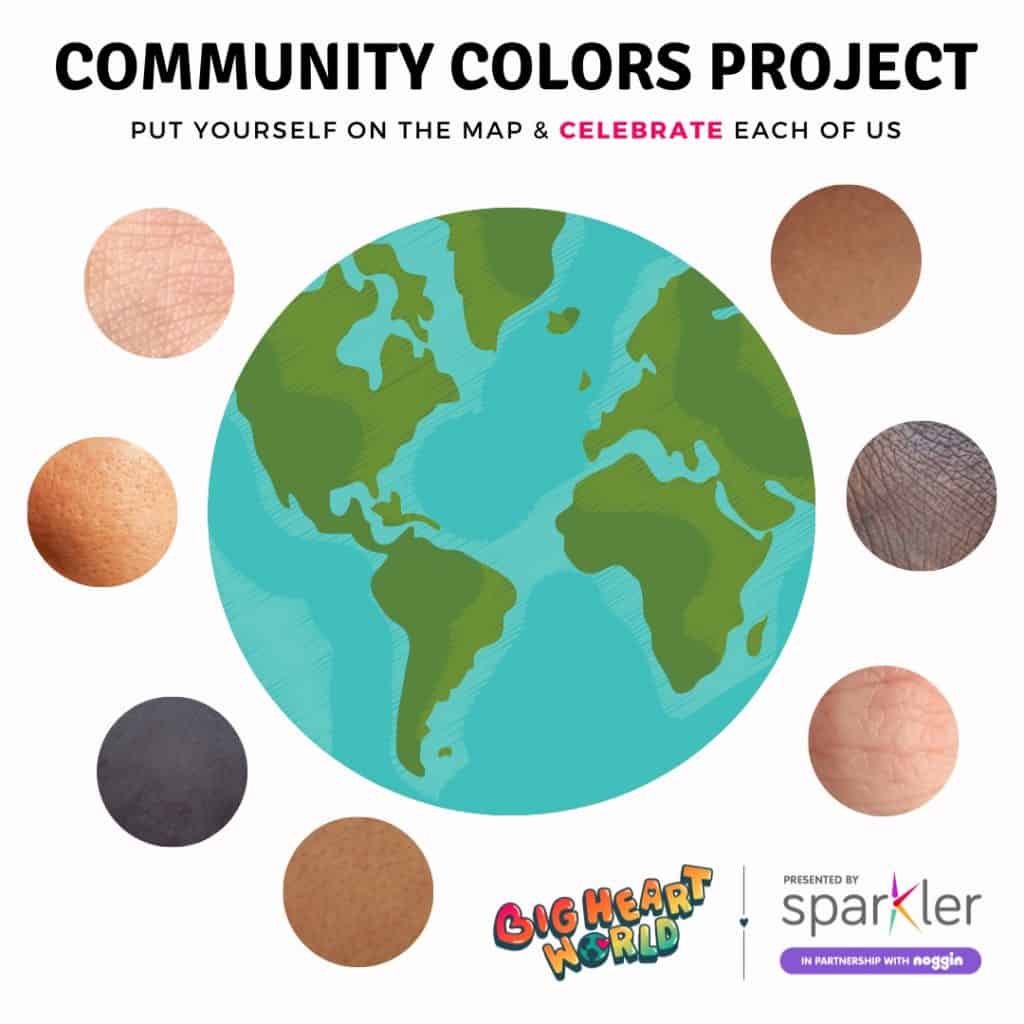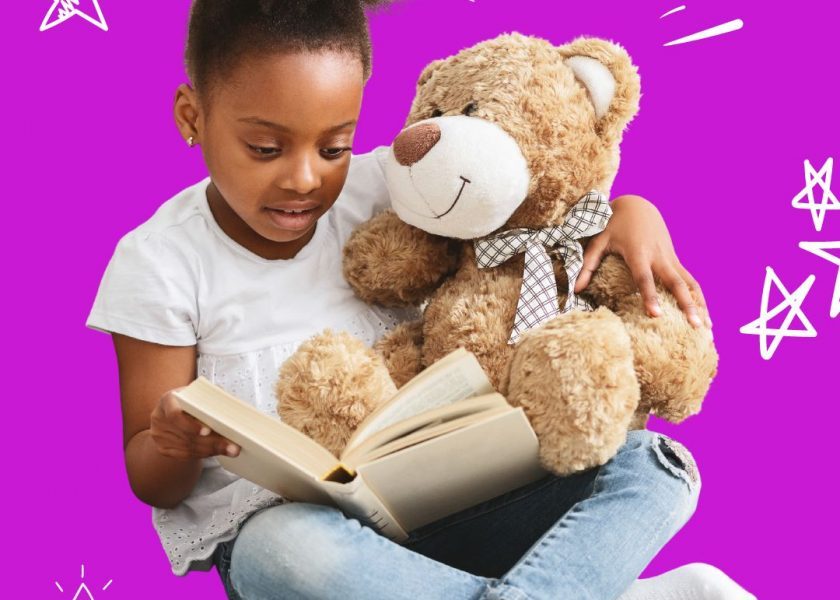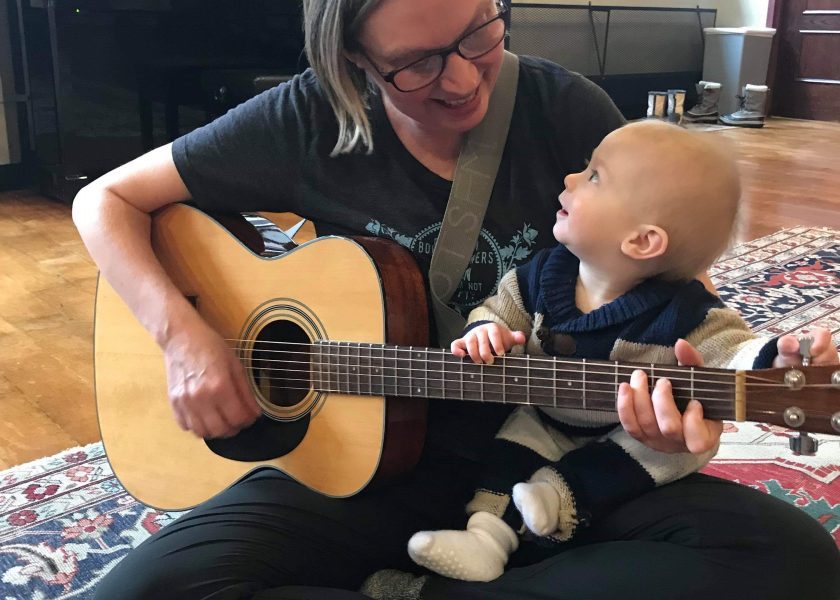What colors are in your skin?
Blaze, Ryder, Rusty, and Ruby have different colors of hair, skin, and eyes — and so do all of us! No two people are exactly the same.
Talking about our different skin colors with children is an opportunity to discuss important topics like inclusivity and being an upstander! Children notice differences in skin tone from infancy, and talking with grown-ups about what they see will help them to make sense of — and be open to — the world around them and the people in it.
You and your child can join the Big Heart World Community Colors Project to help start the conversation!
Tip for parents/caregivers: Research tells us that children as young as 6 months old notice racial differences, and that children can develop racial biases by 3 years old, just by living in a society with racial inequities. Research also shows that children are aware of race long before most of us start talking about it.

Instructions
- Let’s use my smartphone to take a close-up picture of our skin.
- Look at the pictures of you and me — what colors do we notice? How can we describe our colors? Is the color of our skin similar or different?
- Let’s upload our skin tone pictures to the Big Heart Community Colors Project! People’s skin can be so many different colors — and every single one is beautiful!
- Toddlers and bigger kids can think about people they know with different skin colors — do any of the skin tones in the Big Heart Community look similar to our skin or the skin of people we know?
- Follow your child’s lead and answer their questions openly and honestly. Extend the conversation by talking about how some people judge or even harm others because of their skin color. This is wrong — and it’s something that we need to work together to change.
Vocabulary
- Skin: the outer covering of something
- Tone: a tint or shade of a particular color
- Melanin: the pigment that gives human skin, hair, and eyes their color



